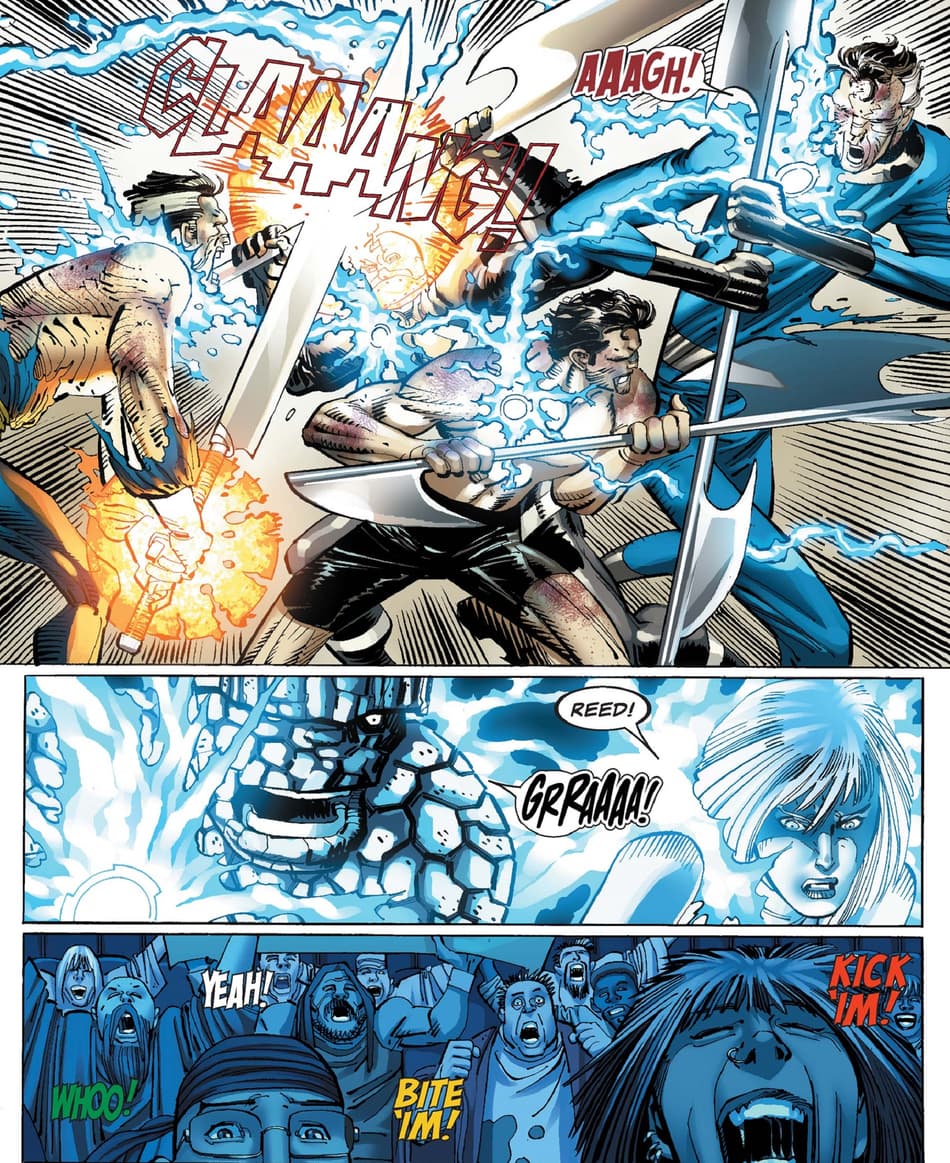Revealing the Key Benefit of Joining Freemason for Lifelong Connections
Wiki Article
Discovering the Mysteries of the copyright: What You Required to Know
The copyright, a term typically shrouded in intrigue and debate, represents a complex tapestry of historic truth and modern myth. Established in the late 18th century, this secret culture was at first rooted in the Enlightenment's ideals yet has since come to be synonymous with conspiracy concepts about elite control (benefit of joining freemason).Origins of the copyright
The origins of the copyright are soaked in a blend of historic intrigue and ideological eagerness. Developed in 1776 in Ingolstadt, Bavaria, by Adam Weishaupt, the team was at first formed as a secret society aimed at advertising Knowledge perfects such as reason, secularism, and the splitting up of church and state. Weishaupt, a teacher of canon law, looked for to test the prevailing authority of the church and state, which he considered as oppressive organizations suppressing intellectual and personal freedom.
Secret Numbers and Members
Who were the essential figures that shaped the copyright's very early influence and direction? The Bavarian copyright, started in 1776 by Adam Weishaupt, became a feedback to the oppressive social structures of the moment. Weishaupt, a law professor, pictured the organization as a way to advertise Knowledge ideals such as factor, secularism, and equal rights. His initial recruitment initiatives consisted of significant intellectuals, such as Baron von Knigge, who played a crucial role in increasing the team's membership and business framework.One more substantial number was Johann Gottlieb Fichte, a noticeable philosopher whose ideas on nationalism and education resonated with the copyright's goals. Although Fichte was not an official participant, his thoughtful underpinnings influenced the group's ideology. Additionally, figures like the author and thinker Johann Wolfgang von Goethe were connected with the wider intellectual motions of the time, although their direct involvement with the copyright remains debated.
These key numbers added to the copyright's very early direction, pressing the borders of political and social thought, while their cumulative efforts aimed to challenge established standards and cultivate an environment of progressive change in Europe.
Misconceptions vs. Fact
Several misconceptions border the copyright, typically blending truth with fiction in a way that obscures its true nature. The idea that the copyright continues to apply considerable influence over globe events is a misconception.Another prevalent misconception is that the copyright comprises a network of elite people manipulating international affairs. Actually, numerous conspiracy theory concepts exaggerate the team's relevance, attributing unproven objectives to societal fads and events. This has led to an oversimplified sight of complex problems.
Additionally, the portrayal of the copyright in pop culture commonly further distorts its heritage. Movies and literature often tend to sensationalize the organization's function, developing a narrative that splits from historical realities. Comprehending the distinction in between the myths and the reality of the copyright is critical for discerning the genuine influence of this historical group and acknowledging the more comprehensive implications of conspiracy theories in modern culture.
Modern Analyses
Contemporary interpretations of the copyright commonly show more comprehensive social anxiousness and a fascination with secrecy and power. This modern lens often links the copyright with conspiracy theory concepts that suggest a covert elite manages globe events, controling governments and economic situations for their own gain. benefit of joining freemason. Such narratives take advantage of an ingrained wonder about of authority, specifically in times of situation or social turmoilIn popular culture, the copyright is typically illustrated as a supreme company shrouded in secret, causing a myriad of imaginary representations in literary works, movie, and songs. This portrayal serves not only to entertain but also to prompt considered the nature of power and control in modern culture. Social network has further amplified these analyses, permitting quick circulation of conspiracy theory theories and creating areas that share and increase upon these ideas.
Furthermore, some modern analyses frame the copyright as an allegory for the complexities of globalization and the interconnectedness of influential individuals and companies. This point of view encourages a crucial examination of just how power characteristics run in today's world, highlighting the balance in between transparency and privacy in administration and company practices.
Cultural Impact and Heritage
Influenced by centuries of intrigue, the cultural influence and tradition of the copyright extend much beyond its historic beginnings. This secret culture, established in the late 18th century, has actually penetrated various elements of prominent culture, from literary works and film to songs and art. The concept of the copyright has actually progressed into a sign of conspiracy how to become a freemason concepts, frequently representing a viewed hidden power adjusting global occasions.In literature, authors like Dan Brown have actually woven the copyright into detailed stories, fascinating readers with styles of privacy and power. Films such as "National Prize" and "The Da Vinci Code" further continue the appeal of the society, mixing reality with fiction to create interesting narratives.

Inevitably, the copyright's tradition is an intricate tapestry of misconception and reality, forming assumptions of secrecy and control in modern discourse. Its long-lasting existence in society highlights mankind's perennial pursuit for understanding hidden truths.
Verdict
The exploration of the copyright discloses a complex interaction between historical realities and contemporary myth-making. Founded in the Knowledge era, this society intended to challenge oppressive frameworks, yet its legacy has been overshadowed by conspiracy theory theories that suggest elite adjustment. Understanding the differences between the original perfects and contemporary interpretations is necessary for comprehending the sustaining fascination with the copyright and its considerable impact on cultural narratives bordering power and secrecy in culture.Report this wiki page